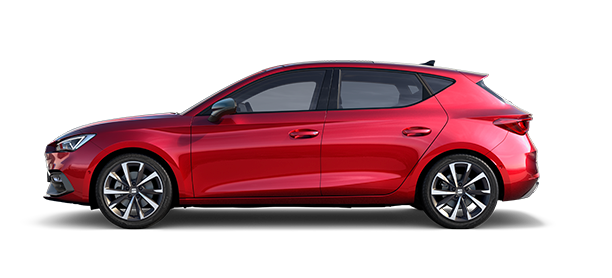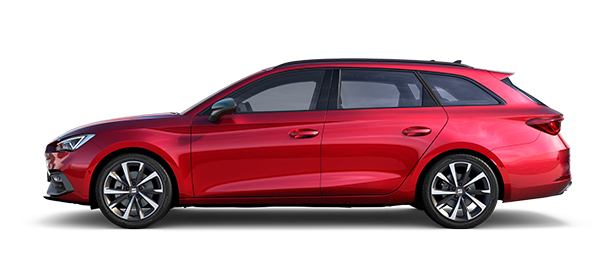Black and white images as opposed to ultra HD 4K video, faxes versus apps and vinyl LPs against mp3. Society has evolved tremendously in the past 50 years, but in what ways has the car industry changed? We take a look at some of the figures that give an idea of just how much:
From pencil and eraser to virtual reality
A modern design and development centre looks nothing like the ones in the 60s and 70s. Compasses, erasers and long work tables with endless piles of drawings have given way to tablets, virtual reality glasses and floating screens. “Thanks to virtual reality, today designs can be 90% validated without having to model any car parts”, says Manel Garcés, who is responsible for Visualisation and Digital Design Processes at SEAT.
From 5 to 2,400 cars daily
The same number of cars that used to be made in one day now only takes 3 minutes.
When SEAT opened its first factory in the Zona Franca in 1950 its daily output was 5 cars. Nowadays, the Martorell factory turns out more than 2,300 every day, which means it only takes 3 minutes to make the same number of cars as before. This evolution made it possible to put the entire country on wheels. In the 50s, there were 3.1 cars per 1,000 people in Spain compared to today’s 480.
From doing everything by hand to more than 2,000 robots
In the beginning, robots were a thing of science fiction. In the 60s and 70s, cars were painted completely by hand, whereas today, 84 robots apply thin layers of paint in a spray booth and a latest generation scanner checks that the surface is smooth in 43 seconds, a technological race that is demonstrated by the more than 2,000 robots in the Metal workshop and the 125 autonomous robots in Assembly workshops 9 and 10. They all coexist on a daily basis with the over 7,000 employees at the Martorell factory.
From working in 40 degree heat to a biomechanical avatar
Without air conditioning, at low temperatures and close to 40 degrees in the summer. This is what it was like working in a factory half a century ago. Today, factories are equipped to maintain a constant temperature and have the latest advances in ergonomics to prevent injuries. For example, biomechanical avatars are created at Martorell’s CARS Healthcare and Rehabilitation Centre that simulate line workers’ movements using virtual reality in order to improve workstation ergonomics.
From Bogota to Sydney
Exporting cars in 1965 was unheard of for SEAT. In a symbolic move, several planes were loaded with brand models and offloaded in Colombia. It wasn’t until 1983 that exporting became more consistent, with the commercialisation of the Ronda in the Netherlands. In 2018, SEAT exported 80% of the 474,300 cars made in Martorell. If they were lined up, they would join the cities of Barcelona and Sydney.
From a 2 year waiting period to 5 clicks
The way to buy a car has also changed enormously. Dealerships used to be the only point of contact with brands. 71% of today's buyers consult online sources of information before visiting a point of sale.
But there’s more – in the mid 60s, the waiting time to buy a SEAT 600 was 2 years. Today you can buy a car in just 10 minutes and after only 5 clicks, as in the case of the online purchase project that SEAT has implemented in Norway.







